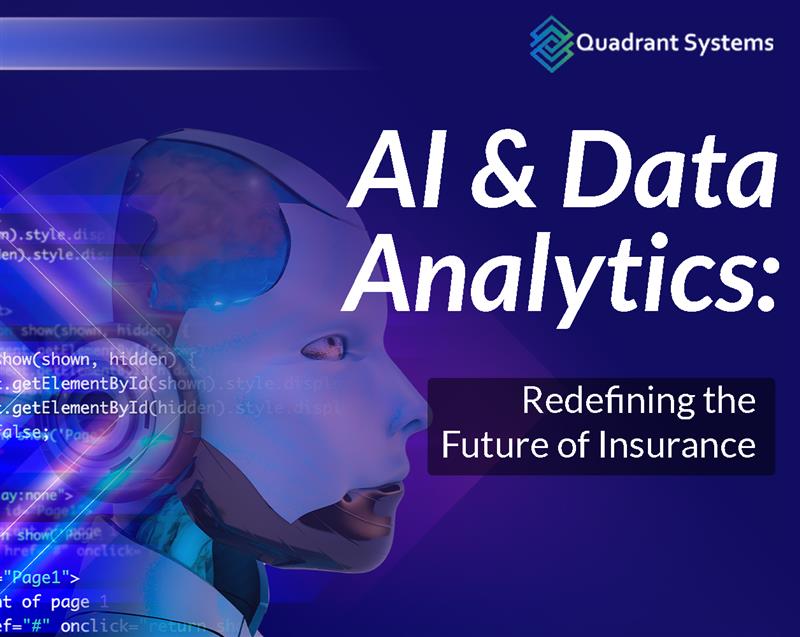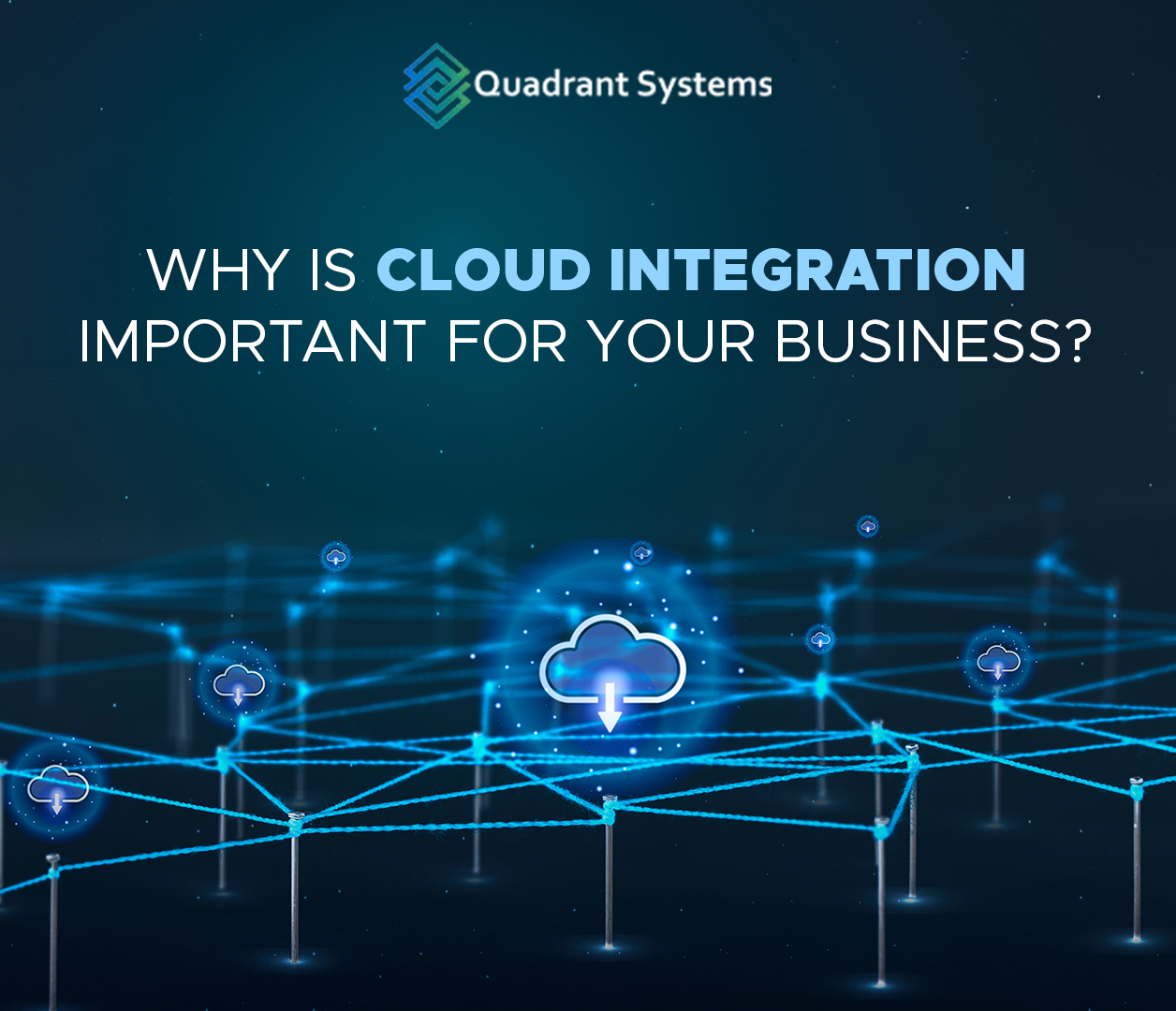The global insurance industry, historically seen as slow-moving and conservative, is undergoing a seismic transformation. Driven by the convergence of Artificial Intelligence (AI) and Data Analytics, insurers are not only improving operational efficiencies but also redefining the customer experience, underwriting, fraud detection, and claims processing.
Today’s consumers expect faster, more personalized service—an expectation that traditional models can no longer sustain. Insurers who embrace AI and data analytics are seeing measurable improvements in risk assessment, customer satisfaction, and profitability. In this blog, we’ll explore how the insurance sector is performing, how it’s embracing modern technologies, and how AI and data analytics are revolutionizing the entire value chain.
How the Insurance Industry is Performing Today?
Globally, the insurance sector continues to demonstrate resilience despite economic uncertainties, rising competition, and evolving customer behaviour. Digital transformation, accelerated by the pandemic, has become a strategic imperative.
Key highlights:
- Global gross written premiums have been increasing steadily, with Asia-Pacific and North America leading in digital adoption.
- InsurTech funding hit over $15 billion in recent years, showing industry-wide commitment to modernization.
- Despite this momentum, insurers still face challenges in areas like fraud, claim settlement delays, poor personalization, and legacy systems.
The need to stay agile and tech-enabled is now a survival criterion in this increasingly dynamic market.
How Insurance is Embracing New Technologies?
To meet evolving demands, insurers are investing heavily in digital technologies, including:
- Cloud Computing: For scalability, flexibility, and disaster recovery.
- Internet of Things (IoT): For real-time risk monitoring in home, auto, and health insurance.
- Blockchain: For transparent, tamper-proof claims and policy records.
- Telematics: For usage-based insurance (UBI) models in auto insurance.
- Artificial Intelligence (AI) and Data Analytics: For core decision-making, prediction, automation, and fraud detection.
Among these, AI and data analytics have emerged as the most transformative technologies, enabling insurers to move from reactive to proactive operations.
The Role of Data Analytics in Insurance
Insurance has always been a data-heavy industry. What’s changing is how that data is now being harnessed in real time.
- Risk Assessment and Underwriting
Traditionally, underwriting depended on historical data and standard templates. With predictive analytics, insurers can assess risk with higher accuracy by analyzing:
- Customer behaviour
- Driving patterns (via telematics)
- Health trends
- Geolocation and climate data
Example: Life insurance companies utilize wearable device data to understand lifestyle habits and tailor premiums accordingly.
- Customer Segmentation & Personalization
Data analytics in the insurance industry enables insurers to segment customers more intelligently and offer personalized products based on life stages, behaviour, and preferences.
Example: A young professional with a fit lifestyle may receive dynamic premium discounts on health insurance based on fitness tracker data.
- Fraud Detection
Fraudulent claims cost insurers billions annually. With data analytics:
- Insurers can identify unusual patterns and flag anomalies.
- Real-time analytics can trigger alerts on suspicious behaviour.
Example: If a person reports a car theft but their phone GPS places them at the location, it raises red flags immediately.
- Claims Forecasting
Predictive modelling can estimate the volume of future claims based on past patterns, external events (like weather), and even macroeconomic indicators—helping insurers allocate resources better.
How AI Is Transforming the Insurance Industry?
AI is redefining every layer of the insurance business—from front-end customer interaction to back-end operations. Here’s how:
- AI in Claims Processing
Manual claims processing is time-consuming and prone to errors. AI streamlines this through:
- Image recognition for assessing damages (e.g., vehicle damage from uploaded photos)
- Natural Language Processing (NLP) to extract details from documents
- Chatbots and virtual assistants for initial claim filing
Example: Lemonade, a US-based InsurTech company, processes claims via AI chatbot “Jim” in just a few minutes—sometimes seconds—making it a benchmark in claims automation.
- AI in Fraud Detection
AI-powered algorithms continuously learn and evolve, spotting complex patterns that human analysts might miss. This allows for:
- Real-time monitoring
- Behavioural biometrics
- Pattern recognition in claim data
Example: Shift Technology uses AI to detect insurance fraud for global insurers and has helped save millions through predictive analytics and anomaly detection.
- AI in Customer Engagement
AI improves customer interaction through:
- Chatbots that provide 24/7 service
- Personalized product recommendations
- Voice assistants to help customers navigate services
Example: ICICI Lombard’s AI chatbot “MyRA” offers instant policy issuance and claims tracking on WhatsApp, dramatically improving customer experience.
- AI in Underwriting
AI uses machine learning models to enhance underwriting decisions, considering variables that go far beyond standard actuarial inputs. It enables:
- Faster decision-making
- Continuous learning from new data
- Adaptive pricing models
Example: Chinese InsurTech giant Ping An uses AI to underwrite policies based on video interviews, voice analysis, and facial expressions, reducing turnaround time drastically.
- AI in Predictive Analytics
AI strengthens predictive analytics by identifying future trends and behaviors. Applications include:
- Forecasting customer churn
- Estimating risk of natural disasters
- Evaluating creditworthiness in microinsurance
Example: In agriculture insurance, AI models use satellite imagery, weather data, and crop yield patterns to predict claim risk and set premiums.
The Impact of Big Data in Insurance
Big Data is the foundation on which AI and analytics operate. The ability to collect, store, and analyze massive volumes of structured and unstructured data from diverse sources is reshaping the industry.
Data Sources in Use:
- Social media behaviour
- Telematics devices
- Wearables (Fitbit, Apple Watch)
- IoT home security systems
- Call center transcripts and chatbot logs
This data supports:
- Hyper-personalization of products
- On-demand insurance models
- Real-time pricing
- Enhanced customer lifetime value prediction
Benefits of AI & Data Analytics for Insurers
- Faster turnaround time in underwriting and claims
- Reduced operational costs
- Higher fraud detection rates
- Increased customer satisfaction and retention
- Real-time decision making
- Product innovation and micro-targeting
The convergence of AI, machine learning, and data analytics is no longer a future trend, it is the present reality of insurance. From claim automation and fraud detection to underwriting and customer service, every function is undergoing intelligent redesign.
As the sector continues to evolve, insurance companies that embrace these technologies will not just survive, they will lead. With smarter decision-making, deeper customer insights, and faster service delivery, AI and data analytics are truly redefining the future of insurance.
For industry leaders and professionals, now is the time to invest in robust AI frameworks and data-driven strategies to stay ahead.








